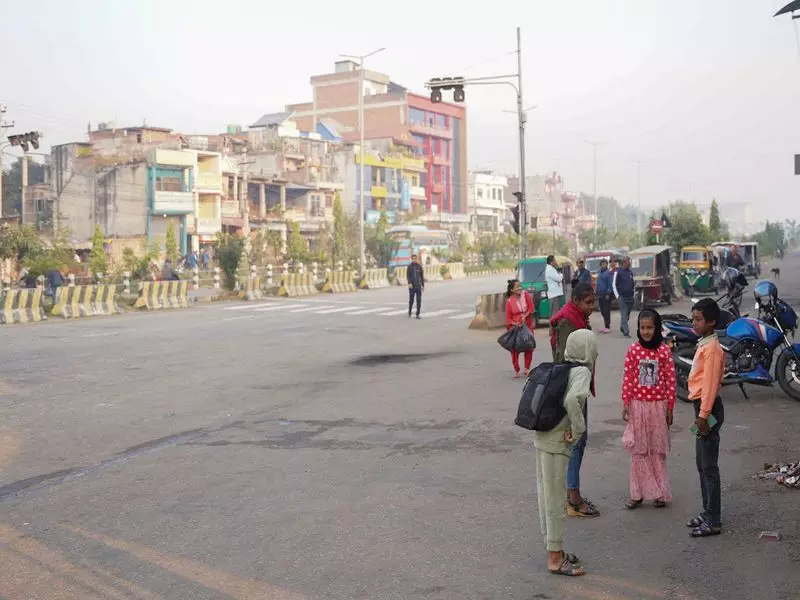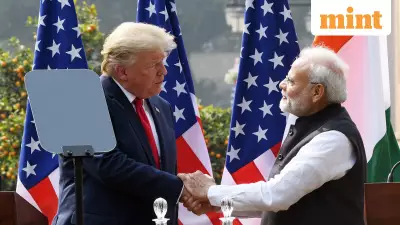
Normalcy has gradually returned to Nepal's Bara district following days of violent protests led by Generation Z activists, though security forces maintain a strong presence amid ongoing concerns. The protests, which erupted in response to the government's decision to ban TikTok, saw significant unrest across the region before authorities managed to restore order.
Violent Outbreaks and Security Response
The demonstrations turned violent as protesters clashed with security forces in multiple locations throughout Bara district. Police confirmed that at least 20 protesters were arrested during the height of the unrest, with several officers sustaining injuries while attempting to control the situation. The protests primarily involved young activists from the Generation Z demographic who expressed strong opposition to the social media platform's prohibition.
Local businesses suffered significant disruptions during the peak of the demonstrations, with many shops forced to close temporarily. Transportation services were severely affected as protesters blocked major roads and highways, creating chaos for commuters and commercial vehicles alike. The district administration deployed additional security personnel to critical locations to prevent further escalation of violence.
Underlying Causes and Government Stance
The protests stem from the Nepalese government's recent decision to ban TikTok, citing concerns about the platform's impact on social harmony and national security. Authorities argued that TikTok was disrupting social relations and contributing to the spread of misinformation and inappropriate content. However, the ban triggered immediate backlash from the country's youth, who view the platform as an essential tool for expression and communication.
Generation Z protesters have been particularly vocal about what they perceive as government overreach and censorship. Many young activists argue that the ban represents a broader pattern of restricting digital freedoms and ignoring youth voices in policy decisions. The demonstrations in Bara district emerged as one of the most significant expressions of this discontent, catching authorities somewhat by surprise with their intensity and scale.
Current Security Situation and Future Concerns
While normalcy has returned to Bara district on the surface, security forces remain on high alert. Local authorities have implemented heightened surveillance measures and continue to monitor social media platforms for any signs of renewed organizing for protests. Police checkpoints remain operational in sensitive areas, and security personnel maintain visible presence in public spaces.
Business activities have largely resumed, with shops reopening and transportation services returning to regular schedules. However, many business owners express concern about potential future disruptions should protests reemerge. The district administration has established communication channels with community leaders and youth representatives to address grievances and prevent further violence.
Security analysts note that the situation remains fragile, with the potential for renewed protests if the government maintains its stance on the TikTok ban without addressing the underlying concerns of young citizens. The events in Bara district have highlighted the growing political awareness and organizing power of Nepal's Generation Z, signaling a new dynamic in the country's social and political landscape that authorities will need to navigate carefully in the coming months.





